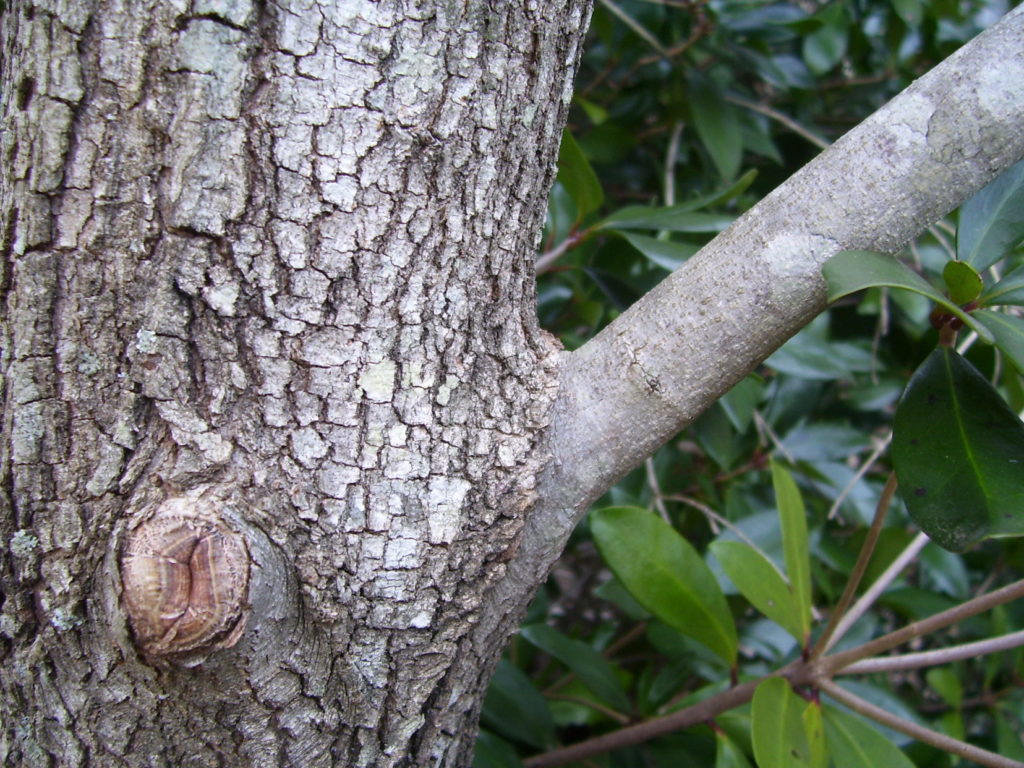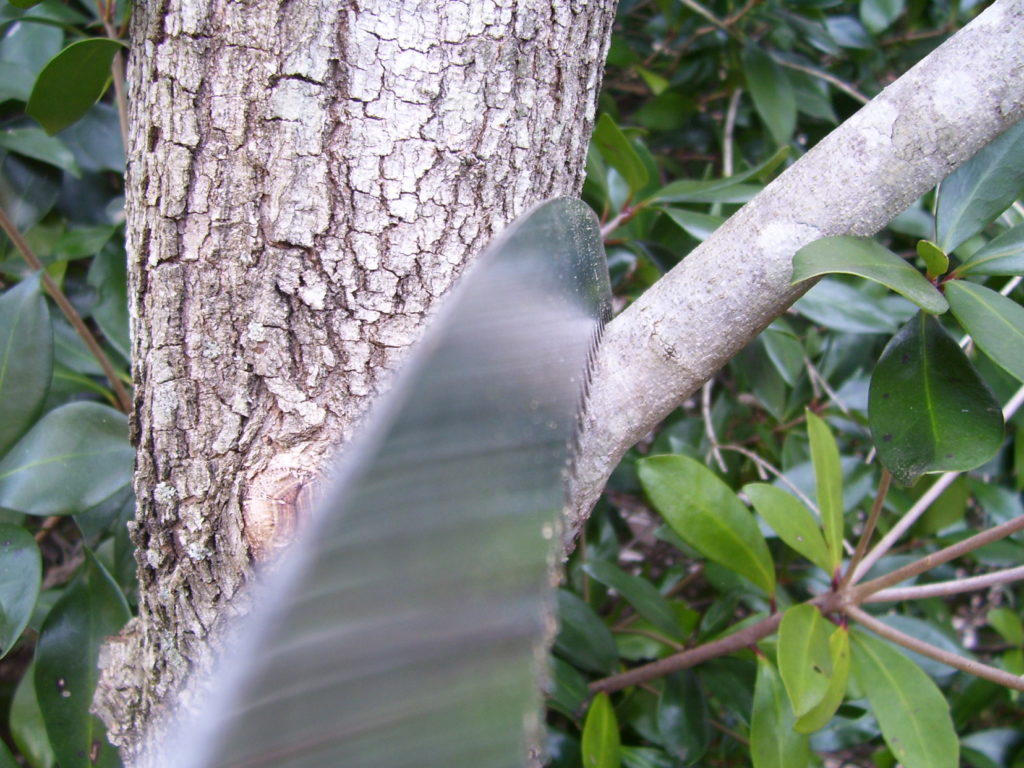February Garden Calendar – NC Mountains
go.ncsu.edu/readext?153990
en Español / em Português
El inglés es el idioma de control de esta página. En la medida en que haya algún conflicto entre la traducción al inglés y la traducción, el inglés prevalece.
Al hacer clic en el enlace de traducción se activa un servicio de traducción gratuito para convertir la página al español. Al igual que con cualquier traducción por Internet, la conversión no es sensible al contexto y puede que no traduzca el texto en su significado original. NC State Extension no garantiza la exactitud del texto traducido. Por favor, tenga en cuenta que algunas aplicaciones y/o servicios pueden no funcionar como se espera cuando se traducen.
Português
Inglês é o idioma de controle desta página. Na medida que haja algum conflito entre o texto original em Inglês e a tradução, o Inglês prevalece.
Ao clicar no link de tradução, um serviço gratuito de tradução será ativado para converter a página para o Português. Como em qualquer tradução pela internet, a conversão não é sensivel ao contexto e pode não ocorrer a tradução para o significado orginal. O serviço de Extensão da Carolina do Norte (NC State Extension) não garante a exatidão do texto traduzido. Por favor, observe que algumas funções ou serviços podem não funcionar como esperado após a tradução.
English
English is the controlling language of this page. To the extent there is any conflict between the English text and the translation, English controls.
Clicking on the translation link activates a free translation service to convert the page to Spanish. As with any Internet translation, the conversion is not context-sensitive and may not translate the text to its original meaning. NC State Extension does not guarantee the accuracy of the translated text. Please note that some applications and/or services may not function as expected when translated.
Collapse ▲


Plants in Flower
- Wintersweet, Breath-of-Spring (Winter Honeysuckle), Lenten-Rose (Helleborus), Trailing Arbutus, Crocus, Violets, and Japanese Flowering Apricot
What to Fertilize
- Shade trees can be fertilized.
- Fertilize emerging spring flowering bulbs.
- Spread wood ashes around the vegetable garden, flowering bulb beds and non-acid loving plants if the pH is below 6.0.
What to Plant
- First week in February start broccoli, cabbage, and cauliflower plants inside your home.
- Plant English peas, onions, Irish potatoes, radishes, rutabagas, spinach, kale, turnips, and carrots the last week of February.
- Plant asparagus crowns when soil is dry enough to work.
What to Prune
- Prune bunch grape vines and fruit trees.
- Prune summer flowering shrubs such as butterfly bush, crape myrtle, peegee hydrangea, and rose of sharon.
- Trim ornamental grasses like liriope, mondo grass, and pampas grass.
- Overgrown shrubs can be severely pruned.
Pest Outlook
- Peach and nectarine trees need to be sprayed with a fungicide to prevent leaf curl.
- Spray all fruit trees with dormant oil to help eliminate some insects.
Lawn Care
- Cool season lawns like tall fescue should be fertilized. Follow soil test results.
- Control wild onion in your lawn with spot sprays of a recommended herbicide.
Propagation
- Divide perennials like daylily and shasta daisy when the ground is dry enough.
- Hardwood cuttings of many landscape plants like Crape Myrtle, Flowering Quince, forsythia, hydrangea, juniper, spirea, and weigela can be taken this month.
Specific Chores
- Clean out bluebird boxes.
- Order flowers for your sweetheart – Happy Valentine’s Day!
- Develop a vegetable and landscape plan for your home grounds.
- Order strawberry & blueberry plants.




